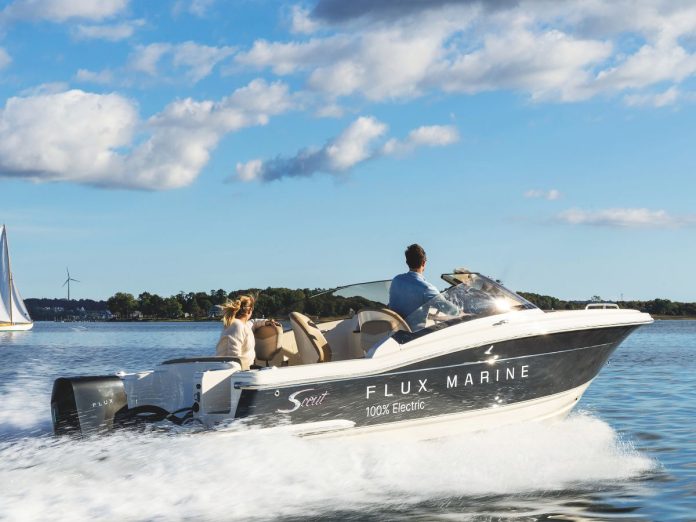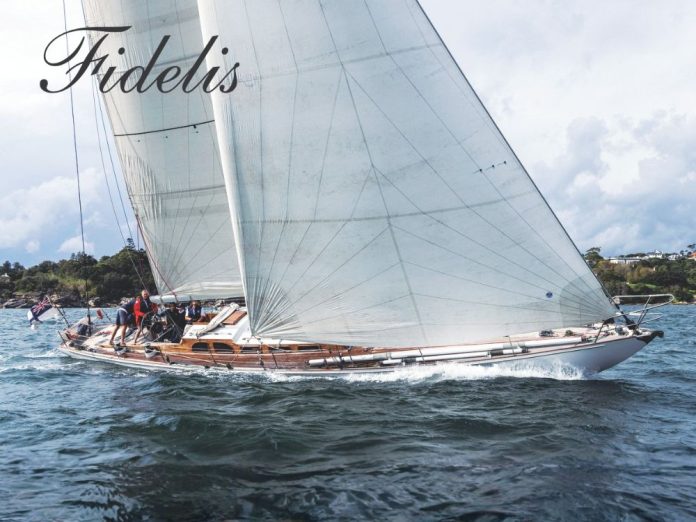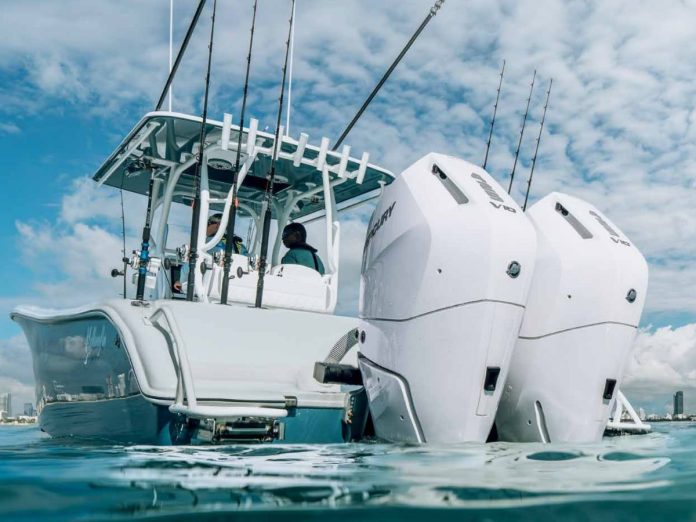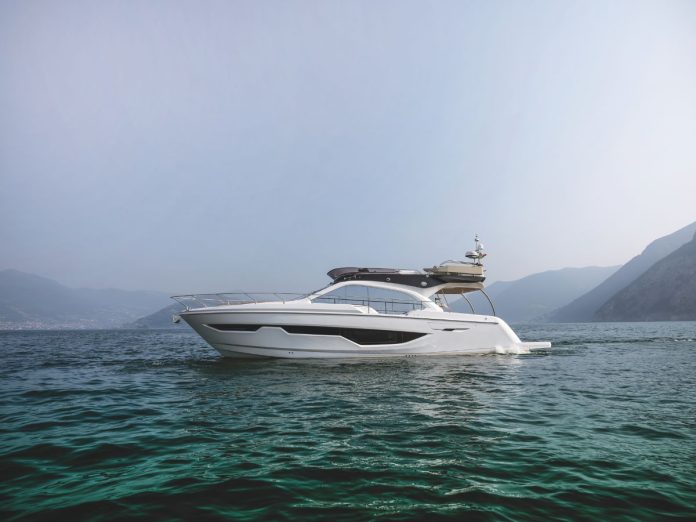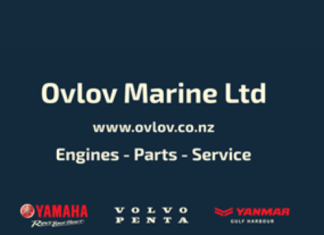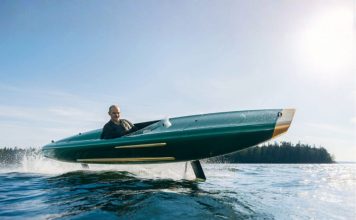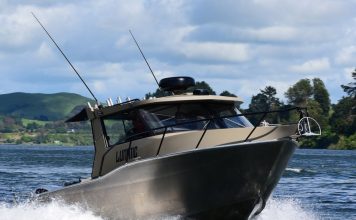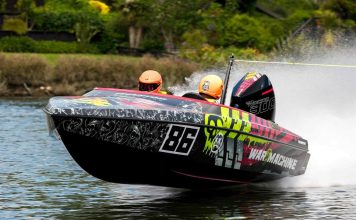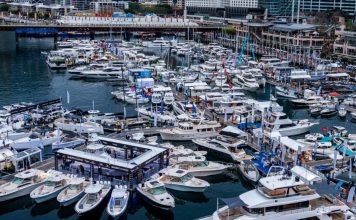In boat markets around the world, it appears that a number of consumers remain sceptical of electric propulsion platforms, primarily out of fears that current battery systems can’t provide enough power to meet their needs. But motor manufacturers say that range anxiety for many boaties lies in a mistaken understanding of how electric power figures are expressed.
Whether current generation electric propulsion systems represent viable alternatives to fossil fuel engines depends largely on usage and buyer expectations, says Mercury Marine Vice President of Category Management Steve Andrasko. Mercury’s SmartCraft platform has enabled the company to amass an enormous volume of real-world data on boat usage since its introduction in 2001, he says, and that data confirms that electric propulsion systems are more than capable of meeting the needs of boat buyers in a wide variety of scenarios.
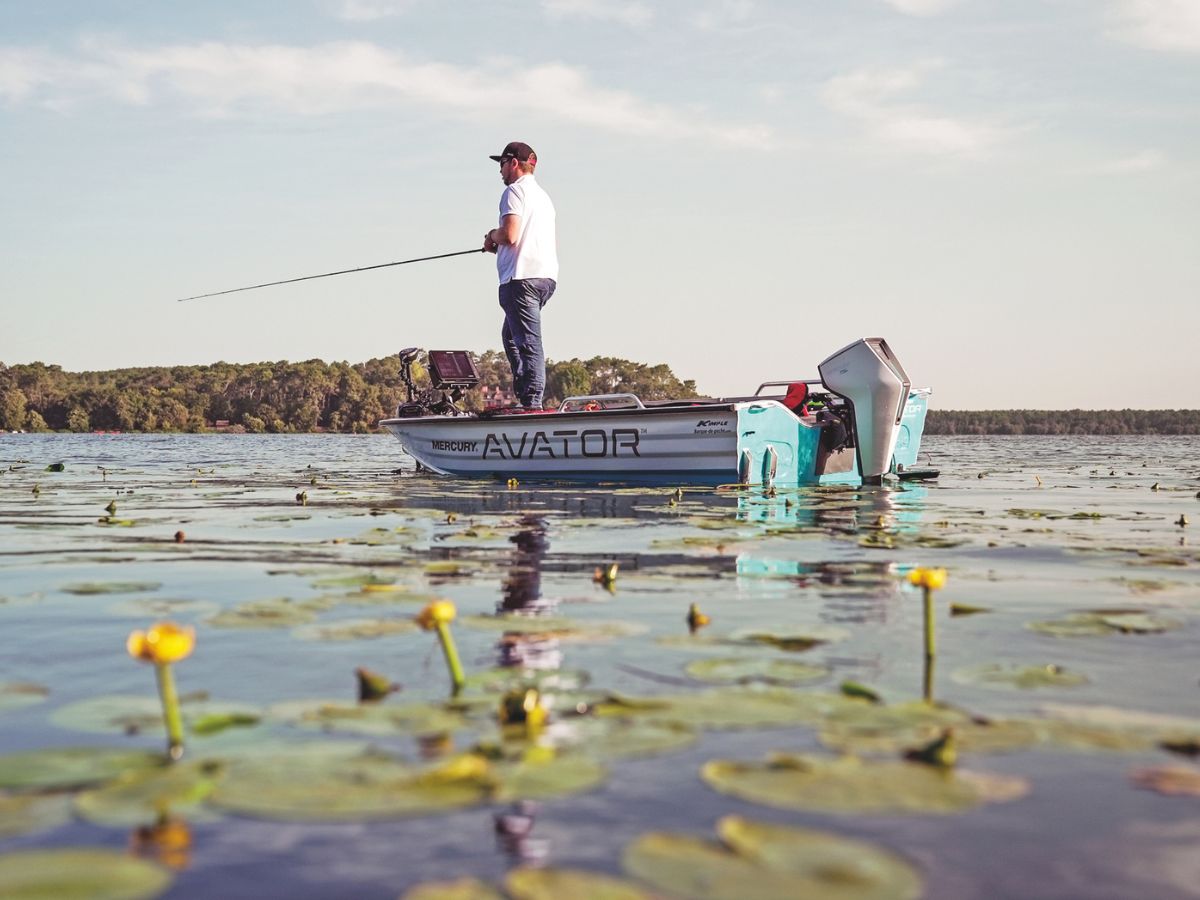
“By leveraging user duty cycle data collected by our dealer service tool, as well as hours accumulated by our VesselView Mobile users, we have been able to observe patterns in actual user behaviour for nearly 25 years,” he says. “Through further ‘voice of the customer’ interviews, we also have a strong understanding of how boat owners think they are using their boats. What we find is that the vast majority of boaters greatly over-estimate their actual power and range needs.”
How we boat
Andrasko notes the reason for this over-estimation is because we tend to think in terms of our whole day on the water, rather than in terms of how many minutes we actually run the boat at full throttle.
“For many boaters, a day on the water includes very little active boating time. Most boat to the sandbar, a restaurant, a fishing spot or an adventure destination and remain anchored or moored for most of the day. The anxiety regarding not being able to drive at full-throttle all day is not founded for a majority of users based on our data.”

Andrasko admits the outboard industry as a whole needs to do a better job of talking about battery range in a way that falls more in line with actual consumer expectations.
“Mercury’s initial product lineup in the electric category aligns with our knowledge of specific, but very common user types,” he says. “With today’s battery technology, applications like small tenders and inflatables are very well-suited for electric propulsion. Small boats that are used mainly for after-dinner cruises are also a perfect fit, our data shows most journeys are three hours or less and with the motor run at very low power.”
Andrasko notes that Mercury typically configures its Avator packages with enough battery to provide around one hour of power at wide open throttle, which translates to about 10 hours of power at more modest speeds. This, he says, reflects typical usage patterns among buyers of traditional internal combustion outboards with similar power outputs. Additional batteries can further extend that range, if required.


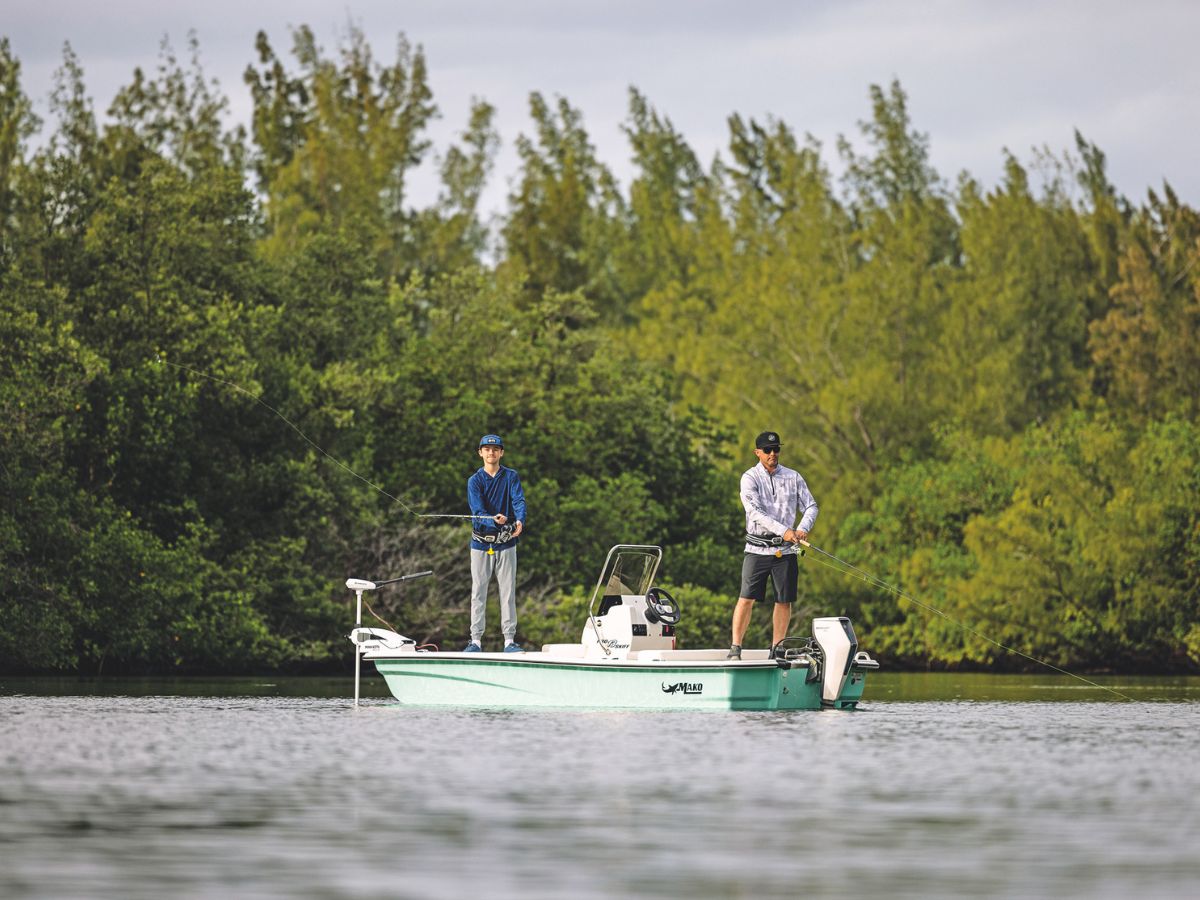
“Addressing range anxiety concerns is very much a matter of communication and education” says Andrasko. “Obviously, there are some usage scenarios where the boat does run at high speed for much longer periods, and in those cases, current electric propulsion technology is not an appropriate solution. But in many, many cases consumer anxiety over power and operating range needs a more data-driven understanding of their actual use versus electric propulsion’s actual capabilities. With that, many will find their fears regarding range and power to be unfounded.”
Reflecting reality
US-based electric motor manufacturer Flux Marine addresses range anxiety by focusing on scenarios where electric propulsion is most likely to represent the most appealing power option, says CEO Ben Sorkin.
“Our starting point is the belief we don’t want the user to be able to discharge their battery in half-an-hour running at wide open throttle, because that’s just too short a time,” he says. “At the same time, I don’t necessarily think you need to be able to run at full throttle for four or five hours, because that just isn’t reality for most people. We try to size our battery to provide about an hour of operation at wide open throttle, which works out to around two hours at planing speed or near 20 hours at what I call cocktail cruising speeds. For us, that’s the right amount of battery capacity and range to work for a huge number of people.”
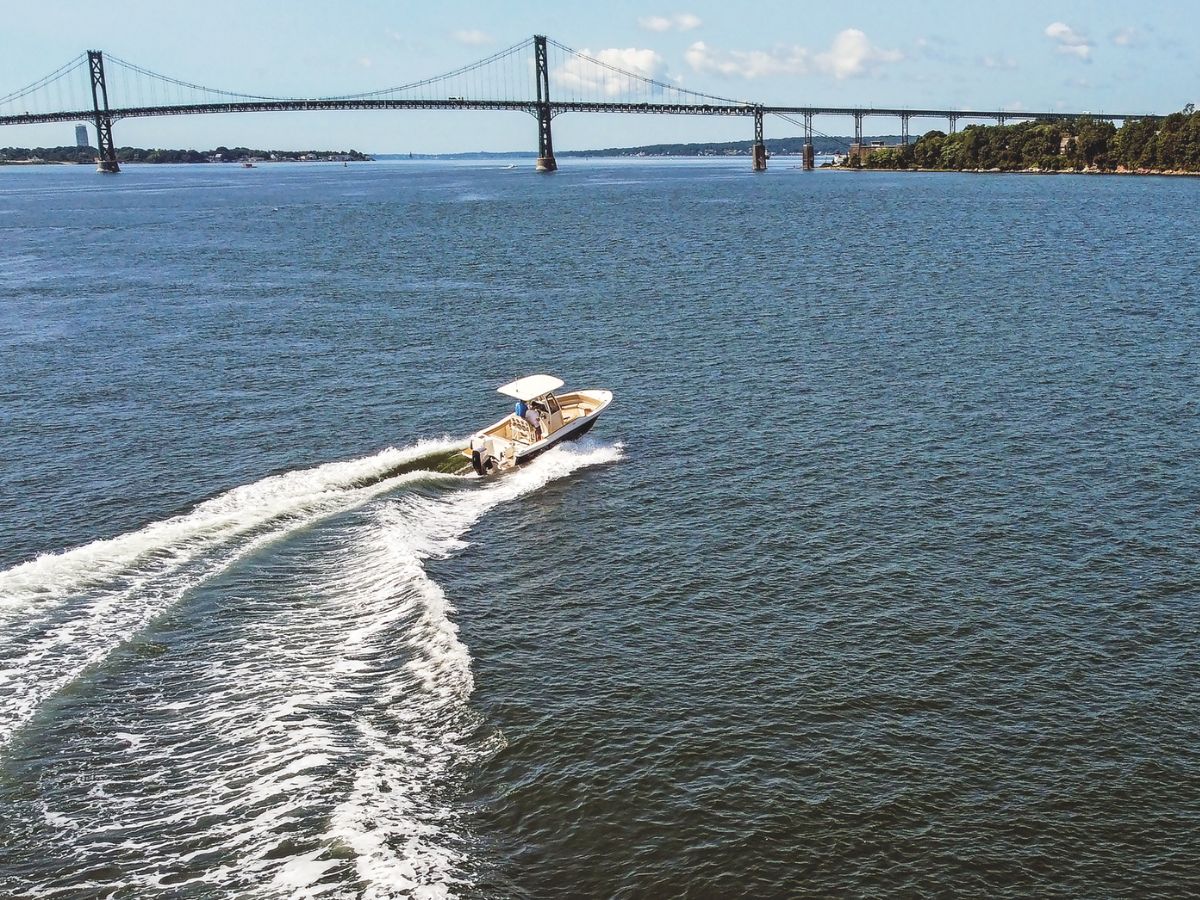
He adds that a common mistake in trying to sell electric motors to consumers is focusing on estimated run time at wide open throttle – something virtually all motor manufacturers do.


“When you say the boat will run for an hour at full throttle, you paint a picture of this boat roaring around for exactly 60 minutes then grinding to a halt, dead in the water. But that doesn’t reflect actual use patterns,” explains Sorkin. “That’s why we always make a point of saying, you’ll get this much range at full throttle, this much on plane, and this much at a cruising speed. If you focus only on the full throttle figure, then that’s all people remember. And similarly, if you only talk about range at idle speed, most buyers won’t think of the boat as being able to go any faster. Boats operate at different speeds over the course of a day, that’s why they have a throttle and not just an on-off button.”
Sorkin says Flux further concentrates its efforts in markets best served by electric propulsion. The goal, he says, is not to position electric as the answer to all applications but focus on scenarios where it clearly makes sense.
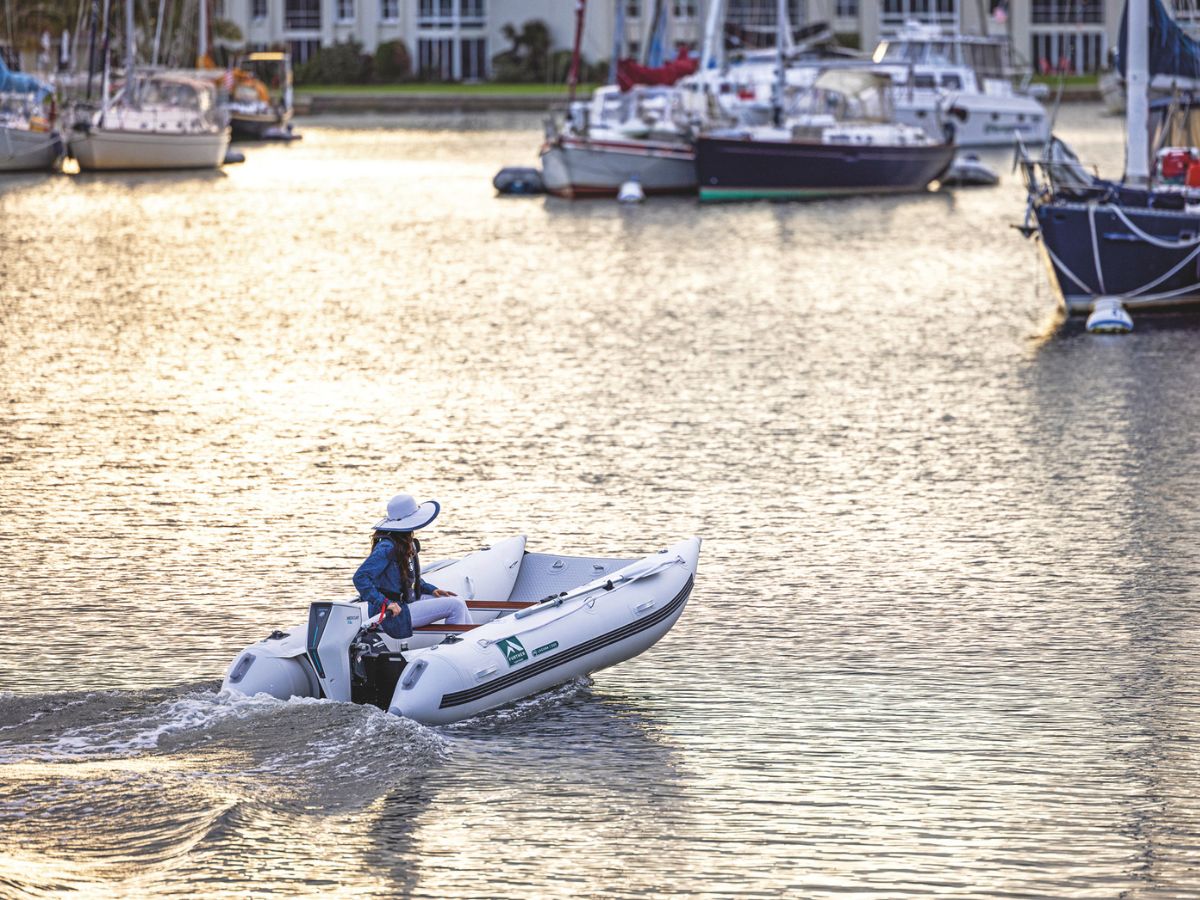
“It’s about identifying the applications where you don’t need to travel more than 80 to 100km, to put it bluntly,” he says. “And realistically, 80 kilometres is a really long way to travel in a small boat.
“When we start to think beyond just how far we can go at full throttle, and what our actual usage is, then it starts to make sense. Then when you consider the fact there’s no noise, no fumes, no emissions and no more trips to the petrol pump, it becomes obvious that in many boating scenarios, electric propulsion really is the best choice.” BNZ








